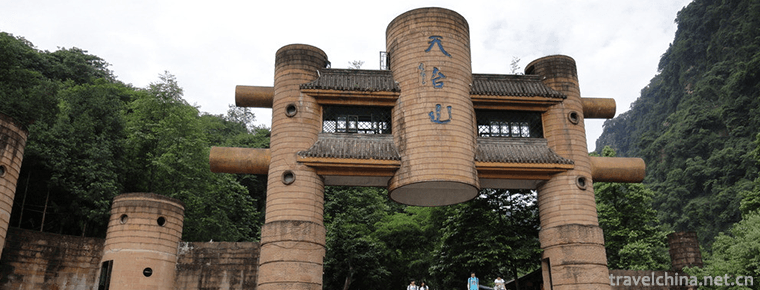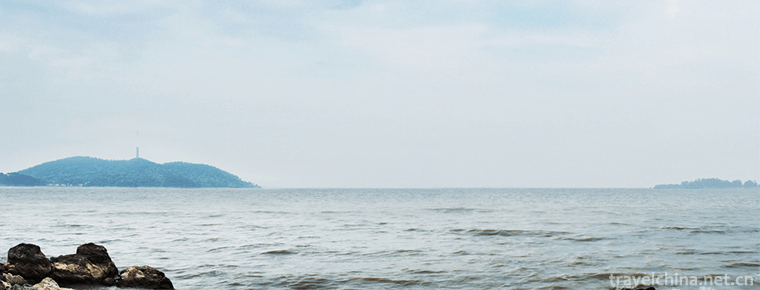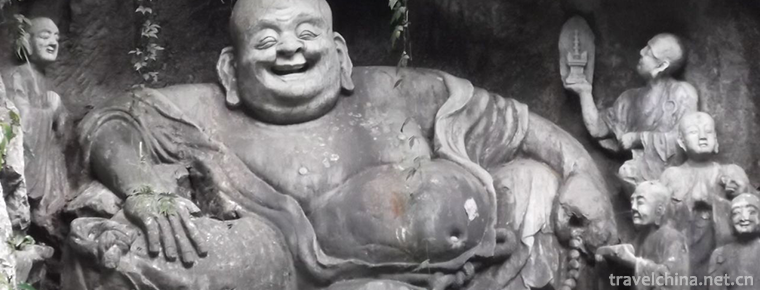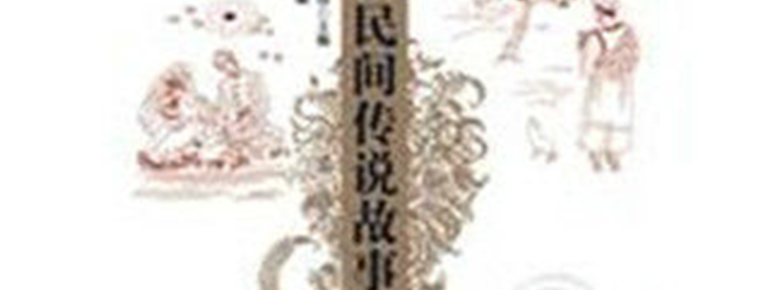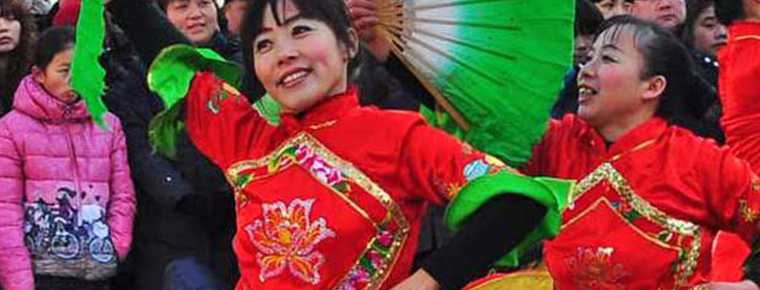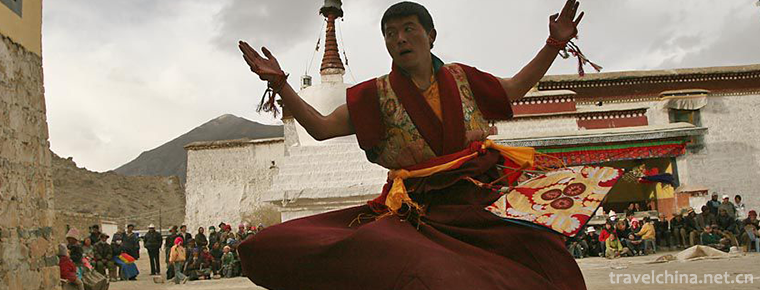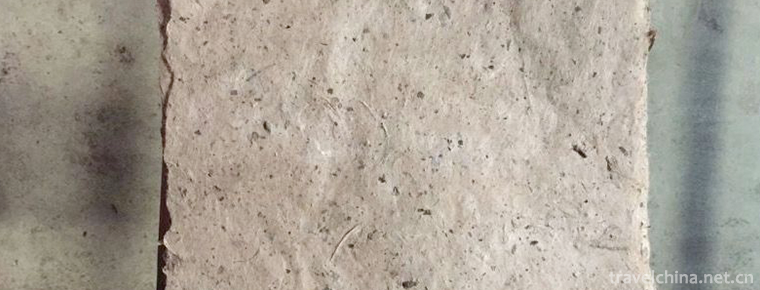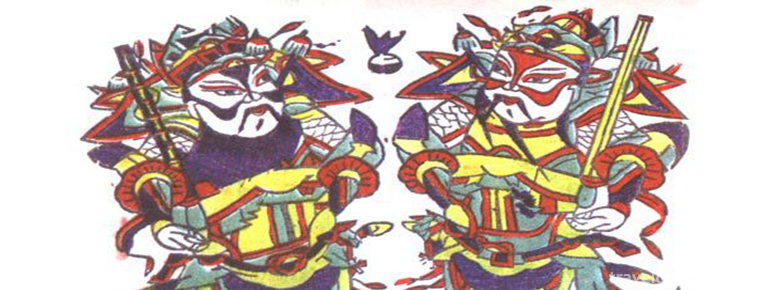The Bund
The Bund, located on the Huangpu river bank in Huangpu District, Shanghai, is Huangpu's historic beach. Since 1844, the Bund has been classified as a British concession, a true portrayal of Shanghai's Shiliyang Square, and the beginning of the old Shanghai concession and the whole modern city of Shanghai.
The Bund is 1.5 kilometers long. It runs from Yan'an East Road in the south to Waibaidu Bridge on Suzhou River in the north. It is the Huangpu River in the East and the concentration of financial and foreign trade institutions in old Shanghai in the west. After Shanghai became a commercial port, foreign banks, commercial banks, general associations and newspapers began to gather here, and the Bund became the financial center of the whole country and even the Far East. In August 1943, the Bund was returned to the Shanghai Public Concession by the Wang Puppet Kuomintang Government, ending a century-long period of concession. In the thirty-fourth year of the Republic of China (1945), the Bund had its official name Zhongshan East Road.
The Bund stands 52 classical revival buildings of different styles, known as the Bund World Architectural Expo, which is one of the most important historical sites and representative buildings in modern China and one of the landmarks of Shanghai. In November 1996, the State Council included it in the fourth batch of national key cultural relics protection units. Opposite the Bund is Lujiazui in Pudong, which is a symbol of China's reform and opening up and a microcosm of Shanghai's modernization drive.
In March 2018, Shanghai Bund started the function replacement work of the "second elevation" (i.e. non-river-facing Bund complex) simultaneously on the basis of promoting the function replacement of the "first elevation" (i.e. river-facing buildings).













-
Tiantai Mountain Scenic Area
Tiantai Mountain Scenic Spot, National AAAAA Class Tourist Spot, National Key Scenic Spot, One of China's Top Ten Famous Mountains, National Eco-tourism Demonstration Zone, Zhejiang Top Ten Tourist Sp.
Views: 259 Time 2018-12-07 -
Uruwati Scenic Area
Uruwati Scenic Area is located in the upper reaches of Karakash River at the southern foot of Kunlun Mountains and in the territory of Langruxiang, Hetian County..
Views: 144 Time 2018-12-22 -
Chaohu Lake Scenic Area
Located in the middle of Anhui Province, Chaohu Lake is located in Hefei, Lianhuai Tongjiang River, 55 kilometers east-west, 22 kilometers South-North wide. Its perennial water area is about 760 squar.
Views: 182 Time 2019-01-05 -
The Legend of the Cloth Bag Monk
From the end of Tang Dynasty to the Five Dynasties, the monk of Fenghua, Ningbo City, Zhejiang Province, named Tingzi, was an eminent monk of Hou Liang in the Five Dynasties.
Views: 380 Time 2019-04-04 -
Brodo
Buyi Opera, a local traditional drama in Ceheng County, Guizhou Province, is one of the national intangible cultural heritage..
Views: 126 Time 2019-04-04 -
Hui Folk Stories
Hui Folklore Stories is a book published by Ningxia People's Publishing House in 2009 by Li Shujiang and Wang Zhengwei..
Views: 355 Time 2019-05-04 -
Jingxing spent
Jinglonglahua, a traditional dance in Jinglongxian County, Hebei Province, is one of the national intangible cultural heritage..
Views: 347 Time 2019-05-08 -
Qiang Mu Zashrunbu Temple Shigatse
Qiang Mu is a religious dance, also known as "Dancing God". "Semochim Qiang Mu" is a Tibetan Buddhist Gru-sect Qiang Mu performed by monks at Zashrunbu Monastery in Xikaze, Tibet. .
Views: 101 Time 2019-06-11 -
Mulberry Paper Making Skills
Mulberry paper is pale yellow. Mulberry paper with exquisite craftsmanship has obvious fiber structure. Mulberry paper is basically used as the page in local government books and books formed in Ming .
Views: 131 Time 2019-06-12 -
Zhuxian Town Wood Print New Year Picture
Zhuxianzhen Wood Engraving New Year Picture is one of the ancient Chinese traditional crafts. As the originator of Chinese woodcut New Year pictures, is mainly distributed in Kaifeng, Zhuxian Town and.
Views: 133 Time 2019-08-10 -
Legend of Zhuangzi
The legend of Zhuangzi is a folklore of Dongming in Shandong Province. Chuang Tzu, Ming Zhou, Zixiu. According to the Records of History, it is recorded as the Mongolian people in the Warring States P.
Views: 148 Time 2019-08-10 -
Wangjianglou Park
Wangjianglou park is located in the South Bank of Jinjiang River, Jiuyanqiao, dongmenwai, Chengdu, Sichuan Province. It covers an area of 188 mu. It has willow stone fence, wave light building shadow, green bamboo path, pavilions and pavilions. The main buildings are Chongli Pavilion, Zhuojin tower, HuanJian Pavilion, Wuyun immortal Pavilion, liubeichi and spring Pavilion..
Views: 138 Time 2020-10-25
